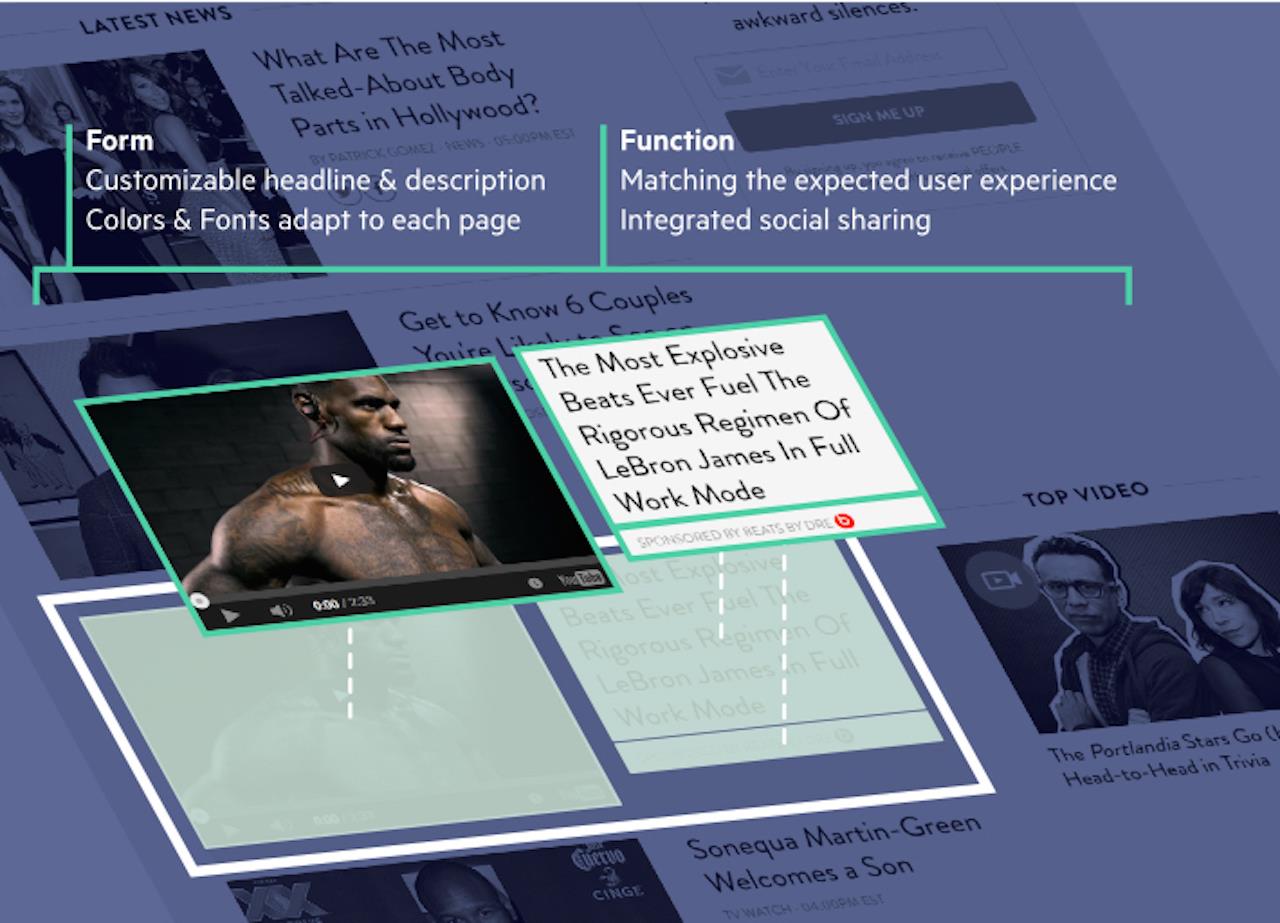Five myths about programmatic native
Myth #1: Native RTB is coming
Native RTB is here to stay.
RTB-based buying across the Sharethrough Exchange has grown by more than 500 per cent in under 10 months. Major DSP’s such as The Trade Desk and Appnexus are all purchasing in-feed native inventory at scale using the OpenRTB 2.4 protocol.
In February 2015, the IAB was putting the final touches on the OpenRTB 2.3 spec, which introduced support for dynamic, component-based ad serving in the bid stream for the first time.
Eighteen months later, the IAB is now on the verge of releasing OpenRTB 2.5. Programmatic buyers are successfully purchasing native display ads, and starting to scale programmatic native video campaigns.
Myth #2: Native requires a lot of development work
In most instances, native integrations require code on page. But a process that used to take weeks now takes only a few days largely due to advances made by the technology platforms to streamline the integration process.
Some of the largest exchanges with support for native now provide publishers with white-glove integration support, often times offering their own development resources to publishers to help them design, integrate, and scale their native units.
In fact, the number of new publishers going live with Sharethrough in under one week has increased by 358 per cent over the past 12 months.

Myth #3: Native is highly custom and should be reserved only for direct sales
Native advertising has been increasingly streamlined and standardised in recent years. The IAB issued six official categories for native back in 2014: in-feed units, paid search units, recommendation widgets, promoted listings, in-ad with native element units, and custom.
I’d even propose adding a second set of categories to this — one that distinguishes between the types of content being promoted: content created by the brand (“branded content”) and content created by the publisher (“sponsored content”).
Publishers should capitalise on both types of content to establish a full-stack native solution. Leverage the value of your publisher brand and editorial reputation to create sponsored content as a direct sales offering. Then, capture the growing volume of dollars pouring into branded content by selling your unsold native inventory to buyers via programmatic channels.
Myth #4: Programmatic native requires native specialists
Three years ago, publishers faced the daunting task of incorporating programmatic into their sales strategy. The winners? Publishers that embraced programmatic technology as a means to sell all of their ad inventory more efficiently.
Take the same approach with native. Don’t rewrite the rules. Programmatic native is still programmatic, and the same processes and sales tactics that worked in the first wave of programmatic should be applied to selling native – just with component-based ads instead of 300×250 or 728×90 image files.
Lean on your technology platforms to help your direct-sales team package, merchandise, negotiate, and sell programmatic native deals. Over time, the goal should be to make native your primary ad format. In the meantime, take advantage of the education and service offered by your native ad exchange.
Myth #5: Technology platforms will sell native for me
Three years ago, publishers faced the daunting task of incorporating programmatic into their sales strategy. The losers? Publishers that resisted the growth of RTB-based buying and expected the technology platforms to do the selling for them.
After integrating native ad units that match the look, feel, and function of your sites, apply the same sales strategy to programmatic native:
- Leverage the value of your unique audience and sell that to programmatic buyers.
- Offer “always-on” programmatic native deals that hedge buyers from price fluctuations and guarantee a constant revenue stream.
- Reserve some of your most premium native inventory for select programmatic buyers, offering them exclusive access at premium rates.
- Leverage open auction data as lead generation to approach programmatic buyers about setting up private marketplace deals that compliment your open exchange revenue, not cannibalise it.
Read this article at Sharethrough.
Sharethrough is a member of FIPP.







